Import quota - restriction of the import of goods in relation to its quantity or value. The annual volume of this economic indicator as a special protective measure should not be lower than the average annual value of imports of a certain product for the previous period.
Definition
An import quota for a year is established only if there is a need to eliminate, with its use, damage to a specific sector of the domestic economy or to prevent the threat of such a cause. 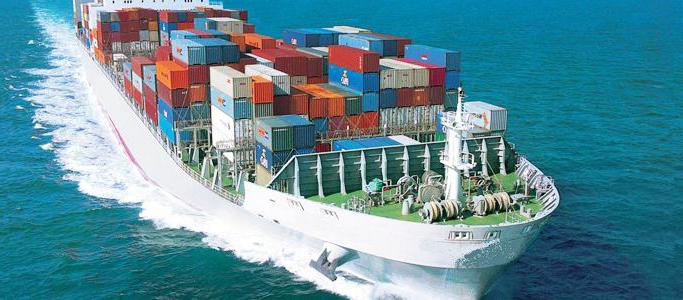 In the amount of the annual quota volume, which is introduced as a special protective measure, the government of the Russian Federation establishes such restrictions for a particular foreign state and only after appropriate consultations are held with due regard for its interests in the supply of the goods in question. If the import quota is distributed between the supplying countries, the government agrees on the distribution of such a restriction with all states with an interest in this product.
In the amount of the annual quota volume, which is introduced as a special protective measure, the government of the Russian Federation establishes such restrictions for a particular foreign state and only after appropriate consultations are held with due regard for its interests in the supply of the goods in question. If the import quota is distributed between the supplying countries, the government agrees on the distribution of such a restriction with all states with an interest in this product.
The procedure for processing import quotas
This restriction often must be supported by the issuance of appropriate licenses to a particular group of people or to a certain number of business entities. 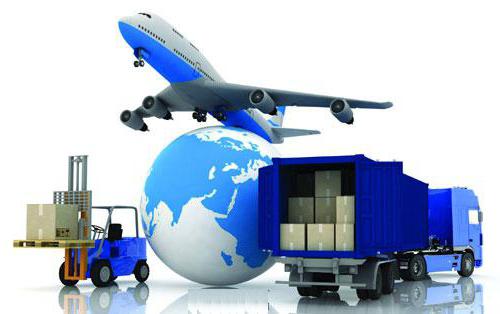 For example, in the United States there is an import quota for the import of cheese, which is allowed only to a specific circle of companies. Each of them is granted the right to import a specific amount of pounds of foreign-made cheese.
For example, in the United States there is an import quota for the import of cheese, which is allowed only to a specific circle of companies. Each of them is granted the right to import a specific amount of pounds of foreign-made cheese.
The size of the quota of each business entity is determined based on the quantity that was imported by the company in previous periods. Sometimes the right to sell may be granted only to the governments of exporting states. In this case, we are talking about such a product as military equipment or sugar.
Import quota and domestic price of goods
It is not necessary to think that the introduction of an import quota helps to limit the import of goods without raising the domestic price of them. Due to the restrictions introduced, the price of the goods that are imported always rises. With the restriction of imports, one can observe the following: demand for goods at the initial price exceeds all domestic offers with the addition of the amount of imports. Therefore, the price will increase until a new market situation is established. As a result, import duties and quotas raise domestic prices by the same amount as the tariff restricting the import of goods to the same amount. An exception is the case of a monopoly of an internal nature, in the presence of which a quota can raise prices by an order.
Quota and tariff: main differences
The main difference between these two concepts is that with the introduction of the quota, the government does not receive any income. 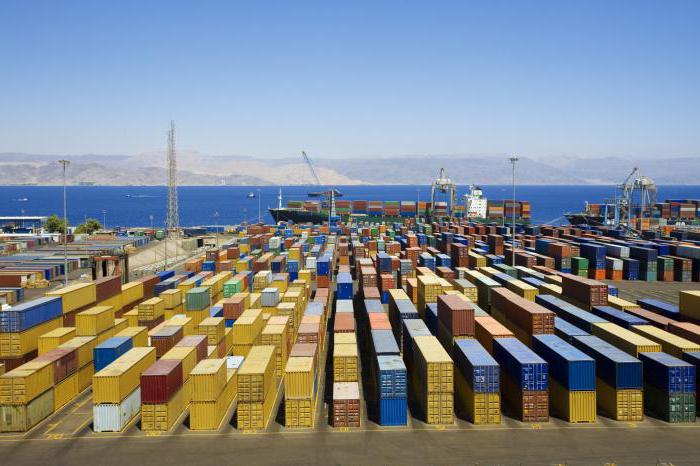 If, when restricting imports, the quota is used instead of the duty, then the funds that could become a source of budget filling go to the entity who acquires the appropriate licenses. Their holders buy imported goods for further sale on the domestic market, but at a rather high price. Profits earned by holders of such licenses are known as quota rents.
If, when restricting imports, the quota is used instead of the duty, then the funds that could become a source of budget filling go to the entity who acquires the appropriate licenses. Their holders buy imported goods for further sale on the domestic market, but at a rather high price. Profits earned by holders of such licenses are known as quota rents.
Export and import operations
To achieve mutual benefit in international trade for all its participants, the most favorable and effective way should be export and import for each individual state. In practice, this efficiency is determined by an adequate system of international settlements and world prices.
International trade is characterized by export-import operations. What is import can be understood from the definition of the import quota. And export is the export abroad of various goods and services with the aim of selling them on the foreign market. In this case, technologies that are supposed to be exported outside the borders of one or another state can be considered as goods. A special form of export is re-export, which implies the export of goods previously imported without any processing in this state.
Export and import are recorded upon crossing the border and are reflected in foreign economic and customs statistics.
Types of import quotas
Considering the theoretical aspects of this concept, it is necessary to distinguish the following types of quotas: group, global, individual, antidumping, special and countervailing.
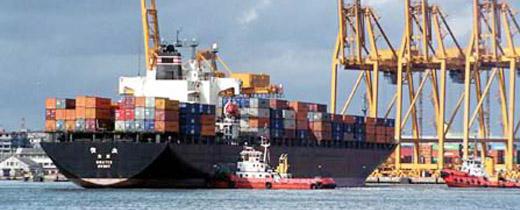
Group quotas - restrictions on the import of goods with a clear definition of the group of states from which they are imported.
Global quotas are represented by restrictions that are set for a particular product without specifying the countries from which it is imported.
Antidumping quotas are characterized by restrictions on the volume of imports of goods to a particular state. In this case, we are talking about a product participating in an anti-dumping investigation, which is allowed to be imported during the approved period.
Compensation quotas are represented by the marginal volume of imports of a particular product, which is an anti-subsidy object, which, as in the previous case, is allowed to be imported for a certain period.
Features
As mentioned above, an import quota (the formula for calculating it is depicted in any economic textbook) of a nation is much more expensive than a similar tariff in amount.
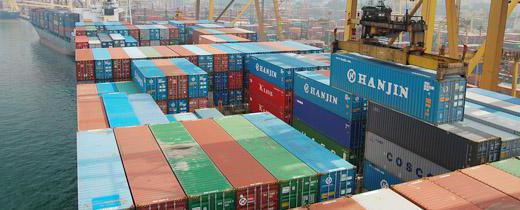 In this case, we are talking about the fact of monopolization of the domestic market in connection with the introduction of restrictions on the import of goods. For example, a large Russian industrial company does not receive monopoly and inseparable power when using the tariff, since it is opposed by an elastic offer at a world-class price with the addition of a tariff. However, with the introduction of the import quota, the Russian business entity is no longer afraid of price increases, as it has confidence in the restrictions on similar goods of foreign production on its import into the Russian Federation. As a result, this restriction allows the dominant firm to make large profits by raising prices.
In this case, we are talking about the fact of monopolization of the domestic market in connection with the introduction of restrictions on the import of goods. For example, a large Russian industrial company does not receive monopoly and inseparable power when using the tariff, since it is opposed by an elastic offer at a world-class price with the addition of a tariff. However, with the introduction of the import quota, the Russian business entity is no longer afraid of price increases, as it has confidence in the restrictions on similar goods of foreign production on its import into the Russian Federation. As a result, this restriction allows the dominant firm to make large profits by raising prices.
Thus, the import quota can lead to the establishment of a very high price on the domestic market with a simultaneous decrease in output.
The impact of quotas on national welfare
The influence of the restrictions on the import of goods on national welfare is manifested in the distribution of power by the authorities to import. The main methods for distributing import quotas are:
- Competitive auction
- system of preferences;
- allocation of quotas by the "cost" method.
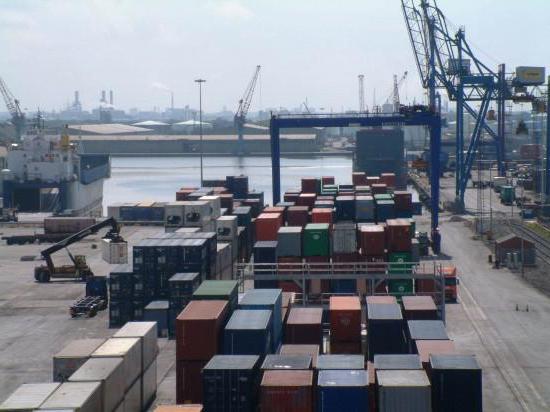
Import quotas are often sold by the state at an open auction, where the price for these licenses is set, which is equal to the difference between the value set by the importer and the domestic price for which the imported goods are sold.
Despite the cheapness of open auctions in the distribution of import quotas, in fact they are not used.
Most often in the distribution of such restrictions, an auction on a competitive basis. In this case, the underground business and the shadow economy receive an impetus for development. With this distribution, those who give a big bribe become the owners.
Import quotas are sometimes placed taking into account explicit and systemic preferences, in which the state fixes such restrictions on specific companies without bids, negotiations and competition.






